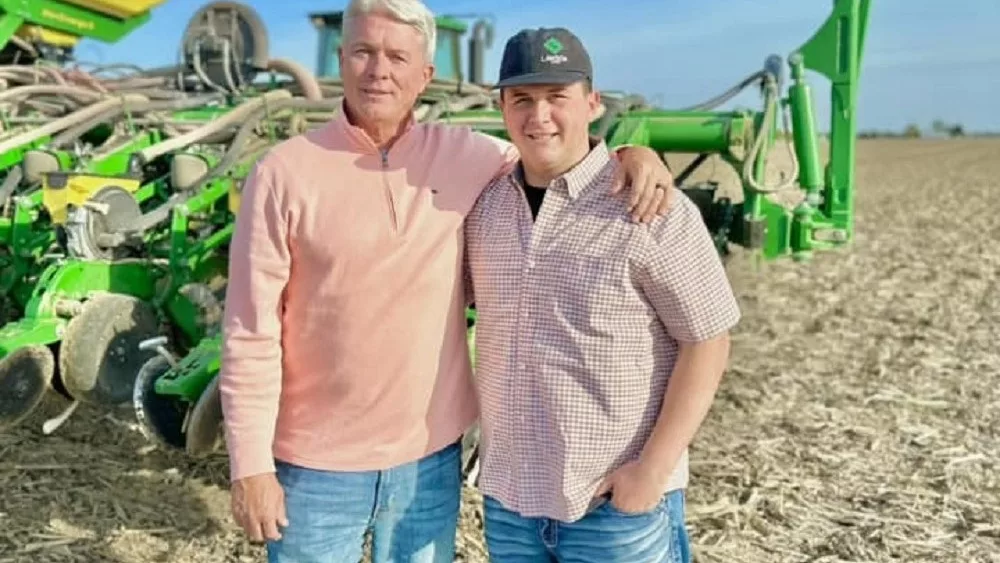
According to the latest USDA Crop Progress Update, 70 percent of Indiana’s corn and 69 of the state’s soybeans are rated in good-to-excellent condition.
David Lawson, who farms just south of Shelbyville in Shelby County, tells Hoosier Ag Today that he agrees with the USDA’s ratings.
“I think our crops had the advantage of good weather most of the time,” he says. “We haven’t gotten too much rain and haven’t had too many dry stints, so from what I’ve seen in the surrounding counties they look pretty good
Even with the heat and moisture this summer, he says there’s been no sign of Tar Spot on his farm or any of his neighbor’s farms.
“There have been some people talking about how they’ve seen [Tar Spot] but a very limited amount, and I think nothing that’s been the threshold that warrants spraying—nothing in my area that everybody’s talking about.”
Even though he hasn’t seen Tar Spot, Lawson says he is still seeing disease pressure.
“We definitely have some Gray Leaf Spot—and we have that every year it seems like in one degree or another,” says Lawson. “There’s also some Southern Rust that has moved into the southern part of Shelby County, so we’ve tried to keep an eye on that. We have some later-planted corn due to a couple tiling projects, so we still have some fungicide to put on those two fields, but other than that, I think it’s really random. The pressure seems to be commensurate with the amount of rain we’ve had in some areas and in our county, we’ve had really varying amounts of rainfall throughout the summer so far, so you really see a lot of different circumstances.”
Looking ahead to harvest, Lawson says the continued drop in grain prices are a concern.
“If we have great yields, where are all those bushels going to go? During years like this, it’s very difficult. I feel like that’s one of the toughest jobs we have is trying to market this grain,” says Lawson.





